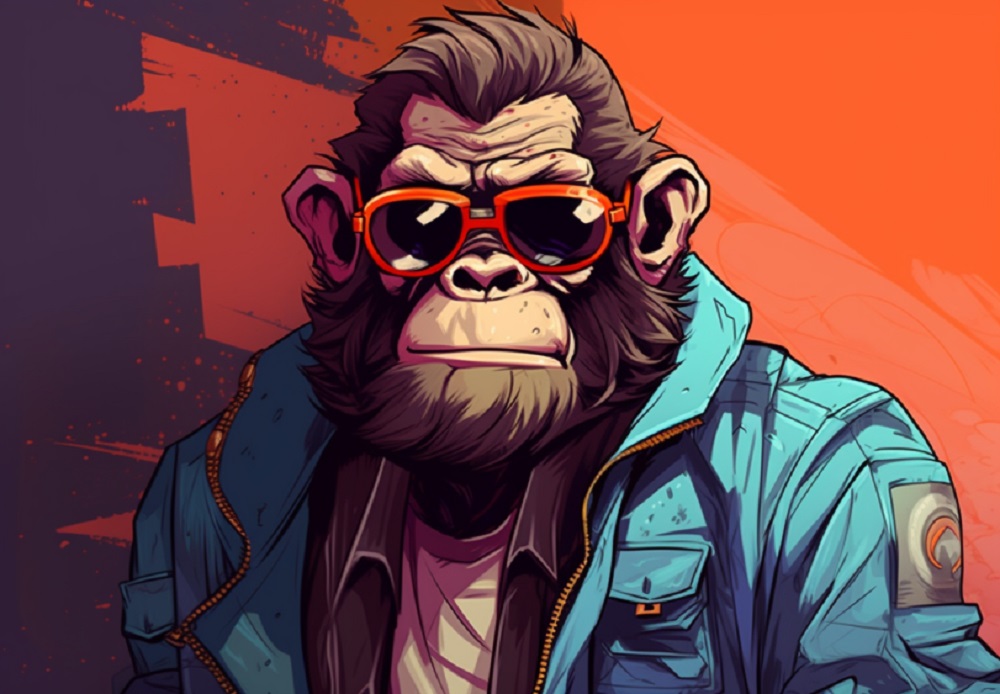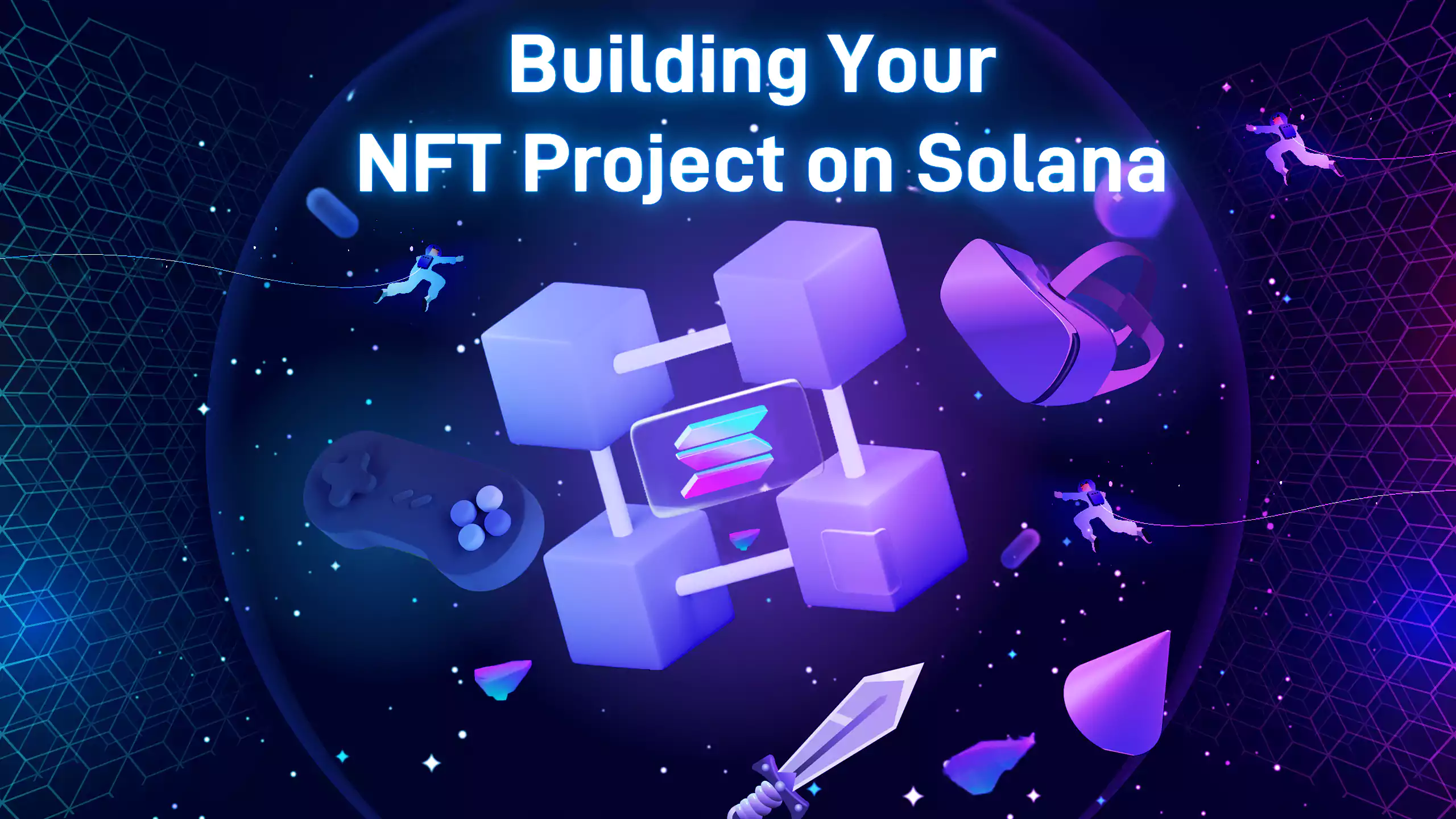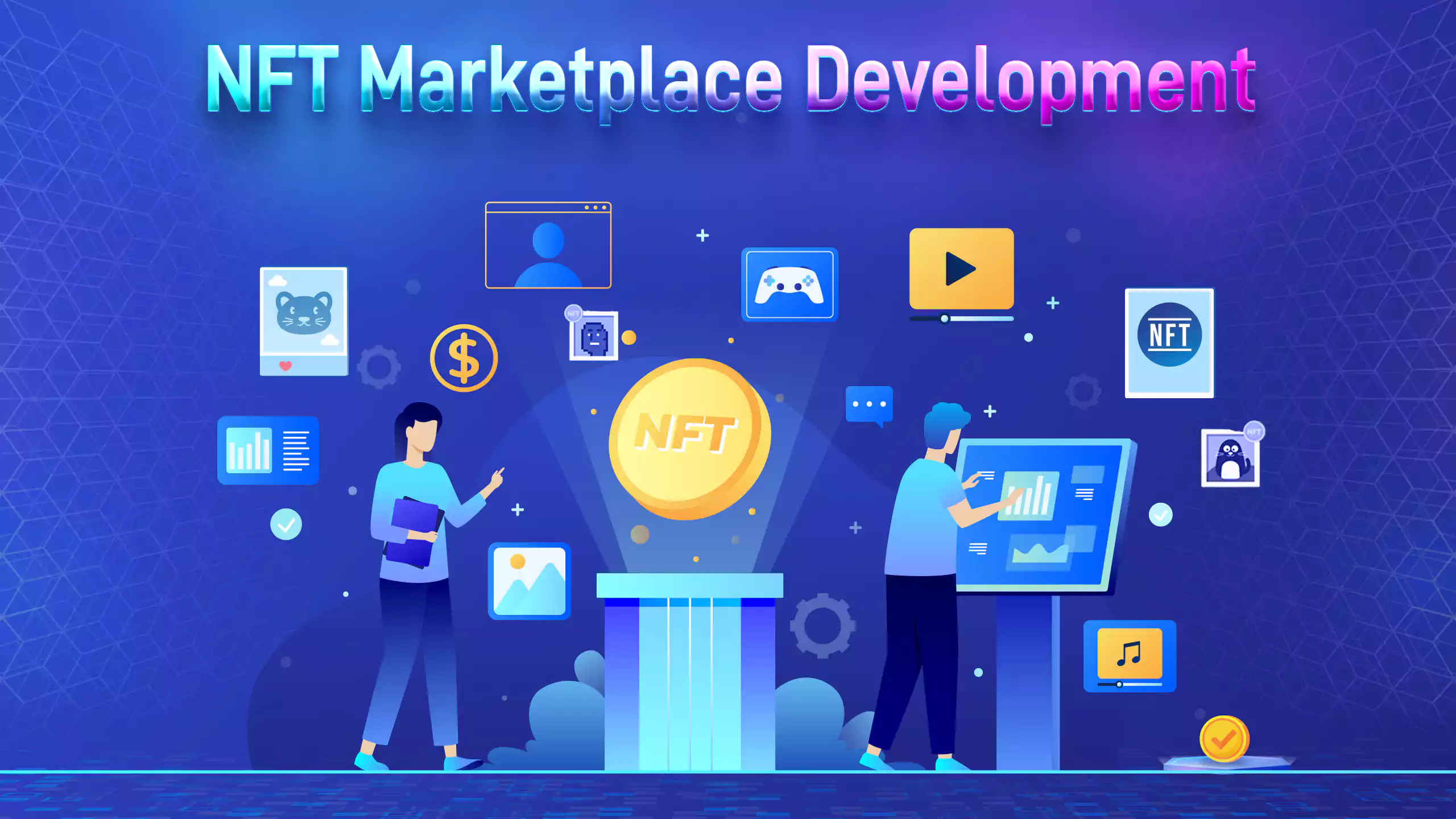Today, with NFT owners still between 500 000 and 700 000, many people are still trying to make heads or tails of the new technology. Although NFT market sales in 2020 were valued at $250 million and its market size surpassed $41 billion in 2021, non-NFT users still believe that individuals are only purchasing Jpegs.
They have no idea how powerful it is to unite a group of people behind a shared cause. With utility and community, there is a one-trillion-dollar market. Currently, NFT sales range between $10 million and $20 million on the blockchain every week, as the market grows rapidly every day. This begs the question, "What are NFTs? " and "how is the value of an NFT cultivated?"
What are NFTs?
NFTs (Non-fungible tokens) are digitally scarce collectibles that cannot be replaced or exchanged with another equivalent. With metadata that serves as unique digital signatures for each generated NFT, the digital collectibles are simply one-of-a-kind. They can range from art, videos, tweets, music, codes, and photos to any other collectible created on the blockchain. A distributed ledger records and keeps track of every transaction made on it, making it impossible to change or manipulate the data on it.
NFTs are created (minted) with limited supply to increase their perceived value in the market. Investors identify rarity as an attractive quality as it allows ownership to be limited to only a few people at a time. This is the holy grail of NFT communities and memberships as it allows for clubs, societies, and associations to be well represented and secure on the blockchain.
Investors can now have their own unique collectibles in the form of NFT collections that can be associated with them as members of a business, for-profit organization, non-profit organization, or even as participants or fans of other clubs or societies. NFTs can be minted and traded on NFT marketplaces. The most popular of these is the Opensea platform. NFT marketplaces are like auction houses as they accommodate, display, and sell valuable commodities, but this time, digitally. The need for more digital assets, especially for the metaverse, has made marketplaces that meet the needs of different groups more valuable.
The importance of NFT communities
NFT communities are locations that serve as central meeting points for collectors, investors, and others with similar interests to meet, communicate, and engage, facilitating more vested interests in digital assets, increased appreciation of the assets, and ultimately, trade. Most NFT communities can be found on Discord. In fostering the growth of a community’s collection, the community promotes a safe and supportive environment for its members, as a win for one is a win for all.
When the value of an asset goes up, trading may occur as owners sell their slots on the blockchain and reap higher returns. According to Elliot Ngai, the co-founder of Doge Fight Club, "NFTs are community-driven because people are investing in the community very early on—and they expect to be rewarded for it." The weight of an NFT project, as perceived by non-members of a community, depends on the value that members of that community create with the project.
Therefore, community members must believe in their NFTs and promote them by engaging and including special utilities in the projects they may serve. Today, many communities are adding entertainment, education, and information as extra benefits for their residents.
What is NFT membership about?
NFT membership tokens are a hot topic as many explore the different opportunities of owning a membership NFT as a ticket or card. This would allow members the freedom to log into different websites and onto other platforms, having the ‘ticket’ necessary for easy entry. In addition, the NFTs may act as the members’ identities or log in to these sites. And for verification, websites may verify that the members possess the NFT required for access by examining their wallets before letting them in.
Many NFT communities have successfully built capacity through community and membership engagement. Some of the most successful NFT communities today include:
RAM NFT: This is a first-of-its-kind membership NFT by RiseAngle, Inc., with an all-in-one package with access to fantastic NFT collections that include 3D art, 2D art, digital comic books, and metaverse/AR/VR NFTs. RAM NFT is the most groundbreaking endeavor in this field. RAM Gen1 and Gen2 variants of RAM NFT are available. RAM Gen1 NFTs, which are all sold out, were released last year.
Bored Ape Yacht Club: This is a very good example of the power of memberships and communities, as Bored Apes are, in fact, members themselves of the prosperous club and online community. For this reason, the project’s popularity skyrocketed. The collection comprises 10,000 Bored Ape NFTs and has about 5502 owners. In addition, the project issues a membership card to its users.
The VeeFriends NFT: marketplace has a thriving community with about 10,225 collectibles. The membership count for the VeeFriends discord community is 247,815 and rising. At any given time, there are about 30 000 to 55 000 active users on the platform.
Cyberpunks: This project has a supply of 10 000 assets and currently has about 3091 owners. The background color of every punk tells investors if the item is for sale, not for sale, or if the bid is active. It is the most expensive NFT sold yet, as a cryptopunk sold for $532 million in 2021.
The Crypto Dads: Members of the CryptoDads community give users complete creative and commercial freedom. This is a special perk that has richly increased the collection’s value. It has 10,000 generated NFTs and about 6823 current owners.
Conclusion
While many debates that the NFT rush signifies a bubble that is going to pop anytime soon, it is worthy of note that the long-term utility of NFTs as imagined by futuristic industries such as Meta and Microsoft is more than just art collectibles, but anything that requires a contract to be made for proof of ownership. Digital spaces are already highly valued in games, and players actively pay to play or upgrade their items. NFTs are changing how items will be purchased and giving everyone creative rights for customization, which caters to humanity’s need to acquire or possess. In the same way, their important role in allowing communities to thrive feeds into humanity's desire to belong.






